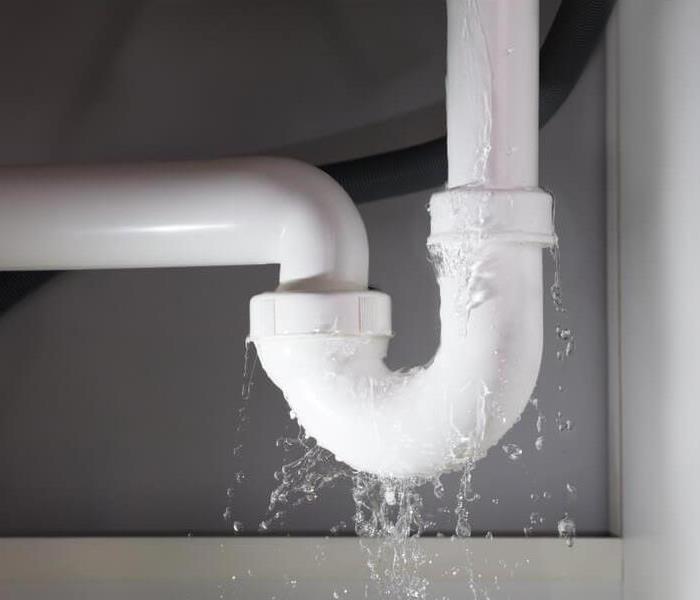Water Damage By Class: What's the Difference?
3/22/2021 (Permalink)
 If your home or business suffers damage from water, fire or smoke, call our team today- our team is always ready to help!
If your home or business suffers damage from water, fire or smoke, call our team today- our team is always ready to help!
According to the IICRC there are a total of 4 classes that distinguish the types of water intrusions in regards to the amount of water that has affected the property. Even though water damage is separated into classes, we know it's not a very classy act to deal with.
IICRC Class One:
The restoration work required for class one damage is the smallest amount of the four classes. An example would be a water tank that leaks onto a concrete floor or a sink overflowing in a kitchen. Although the least work, it is crucial to have a timely reaction in order to stop the water from spreading.
IICRC Class Two:
Class Two goes a step farther than one, of course, and involves a much larger area and greater absorption of water. If there are porous items in the area they are susceptible to absorbing a significant amount of water, which often correlates to a much larger amount of remediation time.
IICRC Class Three:
Class Three means that the largest amount of water has spread across an entire room, often coming into contact with poor porous materials such as carpets, furniture, and even ceilings. Structural damage can occur rather quickly after a Class Three water damage event meaning the intrusion of water needs to be addressed appropriately by a professional. Events such as a natural disaster often fall into class 3 as well as a vastly flooded basement.
IICRC Class Four:
Often requiring high-powered equipment to get the job done, a class four water intrusion event means that water gets stuck in tightly confined areas. Removing water from this type of event can be extremely difficult, even for professionals. Class Four describes situations where water gets trapped after an initial phase of the water damage restoration process has already occurred.
It is paramount to identify the correct category and class of water damage in order to determine the correct course of action.
SERVPRO of Shakopee/Savage/Prior Lake is Faster to Any Size Disaster and when it comes to a water damage event, it is essential to react quickly to avoid structural damage, secondary hazards, and mold growth. Each category and class will require different equipment and various skills to be completely remediated. Give us a call at 952-403-1050 and let our experts handle the fine details.



 24/7 Emergency Service
24/7 Emergency Service